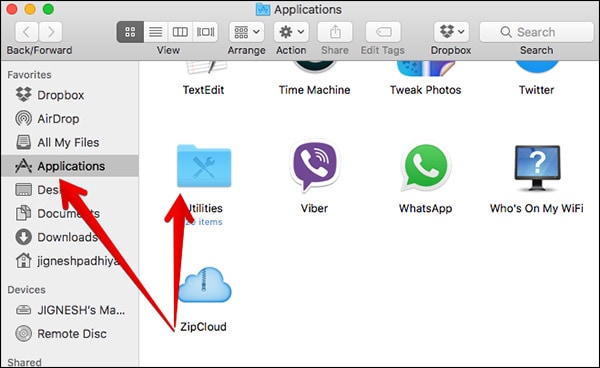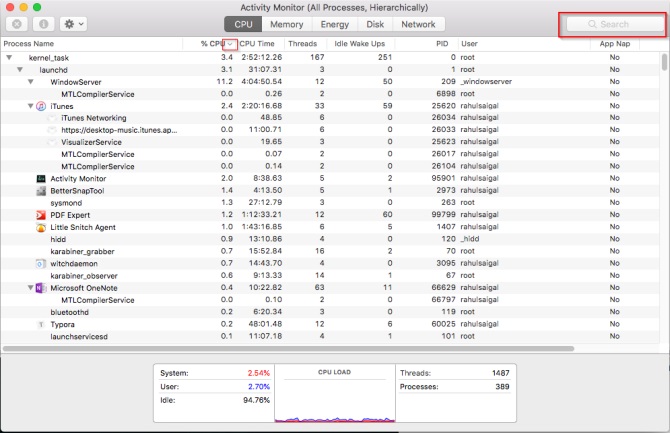
Similarly, you can view the running services associated with a process by right clicking a process in the Processes tab, then clicking Go to services. This will take you to the Processes tab, where the processes shown are the ones supporting the application you selected. You can view and monitor the processes associated with a running program by right-clicking an application in the Applications tab, then clicking Go to processes in the menu that appears. The Performance tab shows your PCs CPU and memory usage. At the bottom of the window, you can also see the CPU and memory usage expressed as percentages of the total available. The top row shows your PC’s CPU usage the bottom row shows memory usage. To check how much of your computer’s resources are being used, click the Performance tab in the Task Manager. This will immediately close the highlighted program. To kill an unresponsive program, just highlight the offending application in the list then click End Task. See all the running programs in the Applications tab. In the Task Manager window, you can see all the running programs in the Applications tab.

Probably the most common use for task manager is to stop and close a program when it has frozen. The Task Manager window will then immediately open on your desktop.


The fastest way to open Task Manager is to hold Ctrl and Shift and press Esc.
#HOW TO BRING UP MAC TASK MANAGER WINDOWS 7#
For the purposes of this article, we’re looking at the Windows Vista and Windows 7 Task Manager. This guide introduces you to Task Manager and its features. If you are switching to a PC, you will need to use the Windows Task Manager to keep an eye on the performance of programs, spot problems with memory usage, and so on. Now that you've dealt with your crashing application, you can get back to work.As a Mac user, you are probably familiar with the OS X Activity Monitor as a useful tool to view and monitor the processes and applications running on your computer. It'll suggest whatever program you're currently using Scroll down to "Force Quit" and it'll bring up the same task manager. Why learn just one way to force quit when you can learn two? Click the Apple logo at the top left of your screen in the menu bar. Make sure you enable auto-saving, back up your projects often, and keep your computer clean and up to date. Note: since you'll be forcing that program to quit in the middle of whatever you were doing, any unsaved data might be lost. Then just select the non-responsive program and hit "Force Quit" which will stop that program from running. This will bring up a task manager type window that looks like this: Command+Option+ESC brings you here Here's where those keys are located on a typical Mac keyboard: Just tap COMMAND+OPTION+ESC, in that order. The easiest way to force a program to quit on your Mac is a simple key sequence similar to ctrl+alt+delete. But that doesn't work on a Mac.ĭon't worry, though - there is one super simple way to force quit on a Mac (and a couple other methods you can keep in your back pocket as well). If you have a Windows machine, you can just use the familiar CTRL+ALT+DEL sequence to force quit whatever program is misbehaving. Or rather, a program we're in just stops responding.

It happens to the best of us: we're working away on some important project, and our trusty computer freezes.


 0 kommentar(er)
0 kommentar(er)
